#ArchitectureCriticism
Explore tagged Tumblr posts
Text
Time and Pulque… or Architecture and Its Processes

(Originally published in Spanish in 2007). https://evoalab.substack.com/p/time-and-pulque-or-architecture-and
By Rodrigo Pantoja-Calderón
1. Pulque: an ancestral alcoholic beverage made from the fermented juice of the maguey plant.
Pulque, a traditional drink from Mesoamerica, is produced through the fermentation of aguamiel, the sweet sap extracted from the maguey plant. A cavity would be carved into the plant, and the liquid would be collected daily for approximately two months. In pre-Hispanic times, pulque held ceremonial significance; it was consumed by priests who, through it, clarified the messages of the gods. In the current business environment, few are willing to wait that long. The need to commercialize has led to significant changes in the way it is prepared. The process is now accelerated using industrial yeasts or, more controversially, with aggressive agents like excrement to hasten fermentation and force decomposition. Indeed, the subject is excrement.
Contemporary architecture appears to be experiencing a comparable crisis. Our discipline has lost value and credibility, largely due to the abandonment of thoughtful processes in favor of an increasingly impatient marketplace. The eagerness to speed things up has unfortunately turned architecture into an instant product: shallow, thoughtless, devoid of depth and intention.
A true process allows knowledge to accumulate, complexity to unfold organically, and the final result to acquire layers of meaning. The true value of a project is derived not from a transient flash of inspiration, but from the meticulous and methodical process through which it is refined. Authenticity and value are forged in the time it takes for a project to mature.
The quality of a building's architecture is determined by the depth of research that went into its design, the deliberate creativity that guided its design, and the constant reflection that shapes its identity. The process does not merely enhance the outcome; it completely transforms it. When we attempt to bypass or preempt this process, we limit our ability to experiment, correct, and innovate. We have chosen to prioritize the use of empty images, nonsensical aesthetics, and recycled formulas over essential exploratory tools. In essence, accelerating natural processes has the effect of reducing the sophistication of architecture.
In the culinary world, the time a dish spends in the oven is as crucial as the ingredients themselves. In the realm of winemaking, the aging process is pivotal in defining the wine's unique character. As one progresses through life, the accumulation of wisdom is a natural consequence. Similarly, the field of architecture requires a period of development, planning, and refinement. It is important to note that shortcuts can only serve to conceal underlying deficiencies. As the saying goes: Rome was not constructed in a single day.
At its most noble, architecture explores metaphysical and existential dimensions. It engages with being, with our relationship to the world, with how we experience space through the senses. It is only through in-depth, creative exploration that we can design environments that truly resonate with us, inspire us, and enhance our sense of connection to our human experience. Instant architecture is not capable of poetic expression and barely qualifies as building. This approach often results in a costume that is frivolous, manierist, superficial, and obsessed with profitability, rather than being transcendent.
When the creative process is rushed, it often leads to the replication of past languages and styles without considering new ideas or innovations. This can hinder progress and prevent meaningful contributions to the development of new languages and styles. For investors, time is a valuable resource. For creatives, it is their most important asset. A word to investors: in the long run, good design yields better financial returns. The emphasis is on quality over quantity.
Pre-Hispanic, Egyptian, Greek, Roman architectures have withstood the test of time because they were the result of rigorous processes, constant transformation, and relentless questioning. Their evolution necessitated a comprehensive study of materials, construction methods, and both triumphs and failures.
The quality of our product is comparable to that of a fine wine, in that only the best grapes are selected and the product is aged in barrels to enhance its flavor. In the kitchen, for example, a chef requires fresh ingredients, adept skills, and ample time to create a memorable dish. Diners, in turn, learn to wait. To savor. To value. Those unwilling to do so settle for mediocre wine, fast food, and forgettable architecture.
It has been demonstrated that accelerating the process does not necessarily improve the outcome; in fact, it can often compromise the quality of the result. The unfortunate result is that, much like substandard pulque made with excrement, we are left with subpar architecture.
#ArchitectureCriticism#SlowArchitecture#ArchitecturalProcess#ArchitecturalCraft#DesignWithPurpose#RedifiningArchitecture#TimelessArchitecture#Architecture#CultureAndConstruction#sustainabledesign#PulqueAndArchitecture#evolab#evolabarquitectura#arquitectura#mexicanarchitecture#paisajismo
0 notes
Text
Make Alive Prototypes for Responsive Architectures
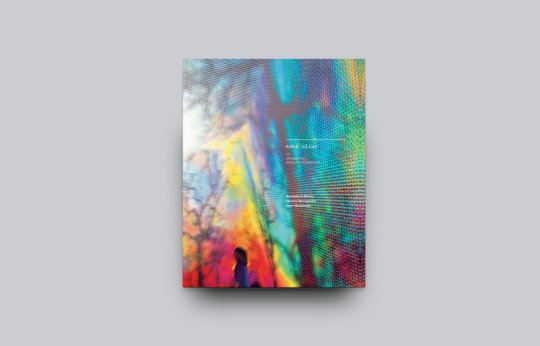
youtube
Make Alive Prototypes for Responsive Architectures
Edited by Rodolphe el Khoury / Christos Marcopoulos and Carol Moukheiber
The migration of computing from dedicated appliances to physical environments, thanks to increasingly proliferating microchips and ever-expanding information networks directly implicates and empowers architecture as a transformative agent and medium. The fact that objects can now sense, think, act, and communicate with the help of embedded technology is opening up the potential for an architecture that is more closely aligned with the networked dynamics of living systems – a sentient architecture.
The technological enhancement of physical matter charts a movement away from a mechanical paradigm towards a biological model. The shift manifests itself on several levels, from the micro scale in the form of new composite or “smart” materials capable of registering and responding to external stimuli, to larger network formations between people, objects, spaces, and landscapes. Radical artifice here serves to imitate nature, enmeshing built environments in a complex web of interactions whose emergent properties approximate the resiliency of natural ecologies.
It is precisely this fine attunement to life that has made these emerging technologies pertinent in dealing with a wide range of issues from the therapeutic benefits to the body, to the mediation of global and climatic energy systems. The projects featured in this book demonstrate in working prototypes architectural applications of synthetic sentience in the broad research area of ambient intelligence, focusing on: Immersive Spaces, Hybrid Living Systems, Responsive Cladding, Surface as Interface, Augmented Building Technologies, and Individuated Experience. Initial informal efforts have evolved with this team into a focused and funded university-based research.
The projects establish a collaborative platform involving designers, scientists, and engineers and a new family of spatial problems where, architecture is re-charged.
Make Alive Prototypes for Responsive Architectures
Book Size: 7.25 x 9.25 in / 184,15 x 234,9 mm Format: Portrait Pages: 296 Language: English Photographs: 300 Illustrations: 200 Edition: Softcover with 3/4 flaps in slipcase (978-988-16194-6-4)
Last copies available online: HERE
#mitarchitecture#booksonarchitecture#architecturebookstores#universityoftorontoarchtecturenext#dynamicarchitecturebuilding#architecturebook#booksforarchitects#architecturecritics#architecturebookchallenge#oscarrieraojeda#oscarrieraojedadesign#architecturepublication#architecturebookstorelisbon#architecturecrit#oropublishers#architecturebookstore#booksarchitecture#architecturepublishing#architecturebookshop#architecturecriticism#rodolpheelkhoury#responsivedesigner#responsive#responsivedesignstudio#christosmarcopoulos#responsivedesign#christosmarcopouls#architecturebooks
0 notes
Quote
There is such a blandness in much contemporary architecture. It seems modern architecture has forgotten how to look backwards in order to look forward.
Julian Gitsham - Principal and UK Practice Leader for Architecture in HASSELL London Studio (UK). http://archinect.com/features/article/150014524/why-do-we-forget-to-look-back-when-trying-to-move-forward
#modernarchitecture#architecturecriticism#designphilosophy#sustainabledesign#21stcentury#architecturegraduate#designquote
0 notes
Photo

This is 'Richard Meier, Architect.' "I think white is the most wonderful color of all because within it one can find every color of the rainbow." #philippesauvieartist #richardmeier #designer #architect #artconsultant #artdealer #artcollector #popart #prizkerprize #gettycenter #losangeles #newyork #newyorkcity #white #goldmedal #Rome #jubileechurch #barcelona #barcelonamuseum #architecturecriticism #theorist #portlandartist #circles #interiordesign (at Portland, Oregon)
#white#designer#rome#artcollector#richardmeier#jubileechurch#newyork#circles#artdealer#popart#interiordesign#portlandartist#artconsultant#goldmedal#barcelona#prizkerprize#philippesauvieartist#losangeles#newyorkcity#theorist#architect#architecturecriticism#barcelonamuseum#gettycenter
2 notes
·
View notes
Text
What is an architect in today´s society?

(Text written in 2011 for the New York League of Architecture Open Call: "it's different").
“Hundred years ago, all architecture could be held in the intelligence of a single maker, the master builder. Part architect, part builder, part product designer, and building engineer, and part materials scientist, the master builder integrated all the elements of architecture in a single mind, heart, and hand.”(1)
Renaissance architect Filippo Brunelleschi is the perfect example of a master builder. He had direct responsibility of making the dome of Santa Maria del Fiore in Florence, Italy. His innovations cut across the fields of architecture, industrial design (produced his own tools such as an unprecedented screw jack and lifts), structural research, construction processes and material exploration.
During modernism, the profession of architecture specialized in various elements; architects, consultants, contractors, engineers, educators, providers, urban planners, etc. The multiple foci of the discipline only fragmented architecture in an advancing world, making “appearance” and “form” the only quest in the profession.
At the peak of modernism, Le Corbuiser, the Congrès Internationaux de l´Architecture Moderne (CIAM) and “The Charter of Athens had separated urban function into broad division of living, working, leisure and circulation.”(2) This new version of the city as a park filled with objects never took in consideration sociological, economical and environmental components. Space and appearance triumphed over substance.
In contemporary times, we have inherited these fallacies. As architects, we have ignored the reality of our world: poverty, globalization, climate change, climate justice, and social responsibility. Some Cities have become places for spectacle and consumption, while others are ignored by architects because of their lack of glamour or limited financial resources. For instance, “The Olympic Stadium in Beijing serves little purpose these days and is acquiring a reputation of being more White Elephant than Bird´s nest.��� (3)
“In fact, most media produce a false sense of wellness, an artificial impression of the world of architecture and design, a world with an endless budget, perfect clients a timeless schedule. Welcome to the real world? No, this is NOT the world we live in.” (4) The world of architecture has grown wasteful, splintered, disposable and fragmented.
As a result, architects today need to understand the complexity of our world and engage the profession constructively. It is not only necessary to become a “master-architect” like Brunelleschi did, but to become an Architect “All-field”, “All-terrain”, “Off-road”; Arquitecto Todoterreno.
Architects today must be involved in the academia, in the construction process, doing material research and product design or even become activist. We must explore deeper into what lies beyond mere looks –to see how we accomplish things, not merely what they appear to be. Architects must work in teams integrating sociologists, artists, craftsmen, historians, ecologists, administrators, city officials; solving real daily problems, not only fashionable projects for the privilege.
It is a call-for action for architects and city builders to take part in the re-construction of a more equitable and sustainable world. In recent years, very few architects engaged projects that dealt with scarcity, natural disasters, poverty, and war exposing a different type of practice.
Times have changed, and the profession of architecture needs to be redefined. Architectural Record Magazine clearly provokes people in its January 2011 front cover by asking, “What now?”(5). In the past, people and the media put too much emphasis on buildings and their creators. The world does not need more designers concerned only with stylistic agendas, but interdisciplinary teams of people working towards socio-cultural issues, environmental projects, and economically constructive proposals that transform lives.
The new role of designers is to be reflective individuals that search with conviction and work with responsibility to improve the quality of life of the local and global communities. The work of architecture must be based on the application of methodologies, analysis, critical thinking and careful experimentation avoiding intuitive egotistic proposals. The new role of designer is to be a diverse architect that produces a variety of works and scales always searching for inventive -yet practical- proposals turning the very constraints into a design philosophy. The world needs real solutions, not fashionable and socially restrictive designs. It’s different now.
Most architects have abandoned less profitable and ordinary projects only focusing on the spectacular, when in reality the “normal” projects have much deeper impact on humanity. Architects that deal with real constraints are the new heroes.
“Understanding the impacts of demographic growth on the environment has become a necessity, as the links between architecture and society become both more complex and more fragile. How we choose to shape our cities, buildings and public spaces, will determine how we respond to the challenges as well as addressing human rights, justice, and dignity for the billions of people who move to cities in search of work and opportunity.” We live in a continually transforming society, where the status quo constantly evolves. It’s different now.
[1] Kieran, S and Timberlake, J. Re-fabricating Architecture: How Manufacturing Methodologies Are Poised to Transform Building Construction.
[2] Curtis, W. Modern Architecture since 1900. Ed. Phaidon, London. 3rd Edition, 1996.
[3] Burdett, Richard. Cities, Architectutre and Society. 10. Mostra Internazionale di Architettura. La Biennale di Venezia. Ed. Marsilio, Italy. 2006
[4] Grellner, J. Evoltion Five-twenty. Senior Seminar. Drury University. December 2003. Springfield, MO
[5] Pearson, C. What Now? Architecture at a Crossroads. Architectural Record. January 2011. Pg. 51-60 Ed. McGraw, USA”
#FutureOfArchitecture#ArchitectureCriticism#ActivistArchitecture#SustainableDesign#RedefiningArchitecture#evolabarquitectura#evolab#mexicanarchitecture#architecture#landscapearchitecture
0 notes
Photo
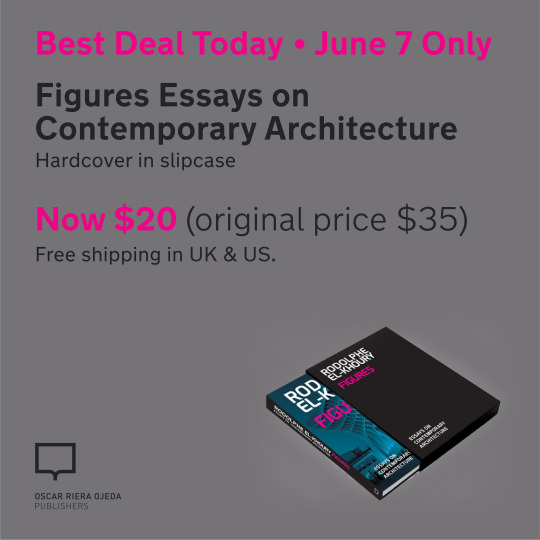
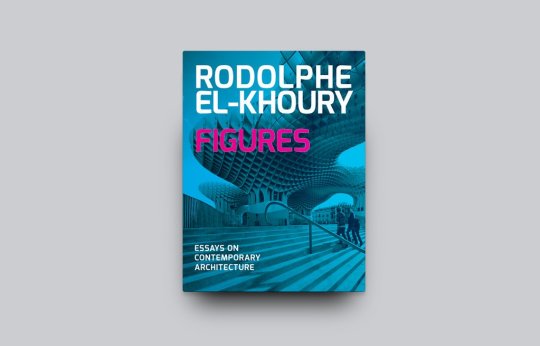

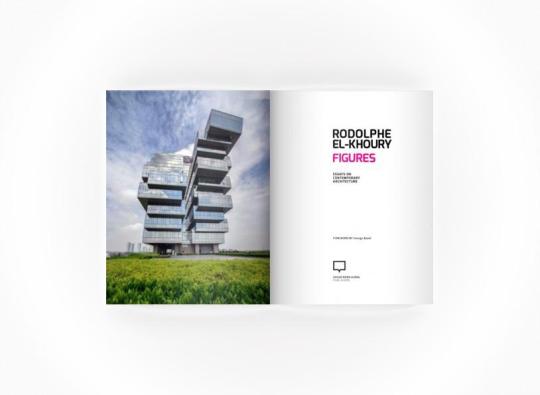
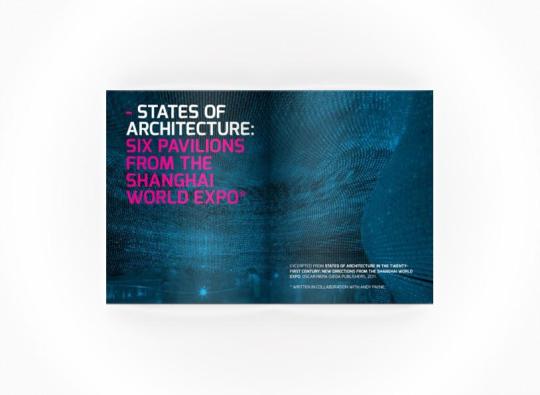
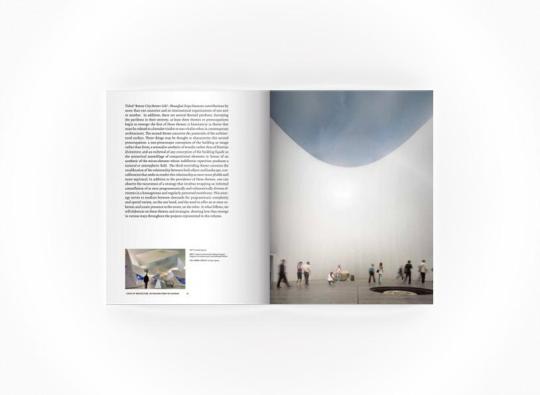
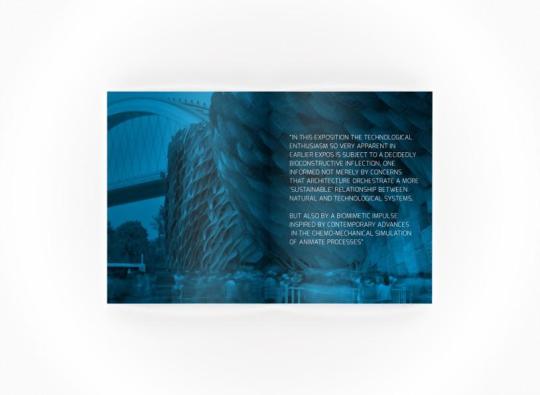
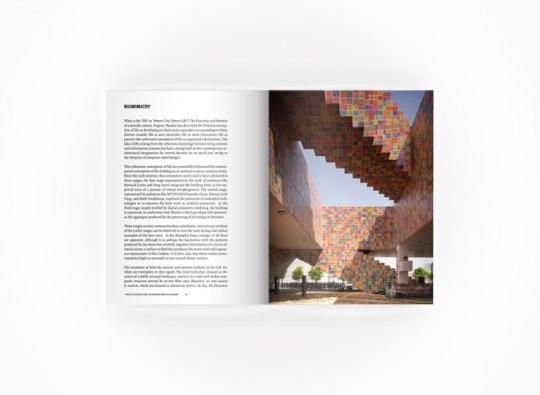
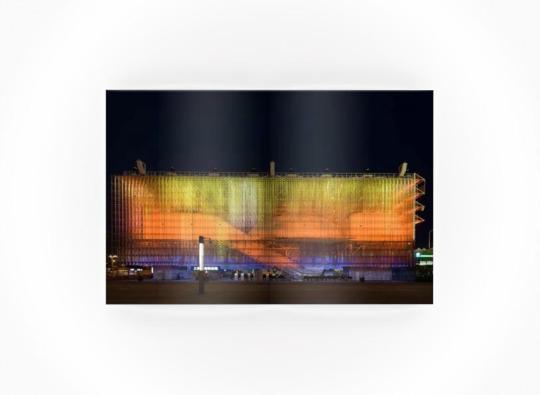
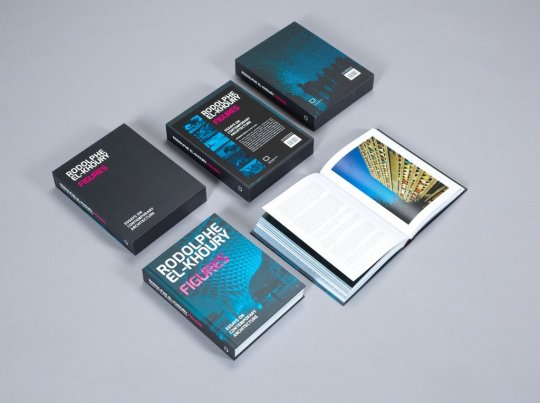
Figures Essays on Contemporary Architecture
Hardcover in slipcase
The essays consider the contemporary architectural scene from a variety of perspectives in theory and practice. They include seminal pieces that framed important debates in the eld, such as the introduction to the exhibition catalogue Monolithic Architecture, as well as observations on buildings and practices from around the world, from Santiago, to Beirut and Beijing. Together, the polemical provocations and interpretive insights construct a critical panorama of a global architectural landscape in rapid transformation since the 1990s.
Read more OR purchase online: HERE
Check more offers on Best Deal Today: https://www.oropublishers.com/collections/bestdealtoday
#oscarrieraojedapublishers#oscarrieraojeda#oropublishers#rodolpheelkhoury#architecturecrit#architecturecriticism#universityofmiamischoolofarchitecture#schoolofarchitecture#architecturaleducation#architecture#architecturephotography#contemporaryarchitecture#architecturetheory#radicalarchitecture#architectureincontext#universityofmiami#editorialdesign#publishing#architecturebooks#educationalarchitecture#modernarchitecture#interiordesign#architectureschool#architecturephotographer#architecturebookstore#traditionalarchitecture#regionalarchitecture#waterarchitecture#urbandesign#academicarchitecture
0 notes